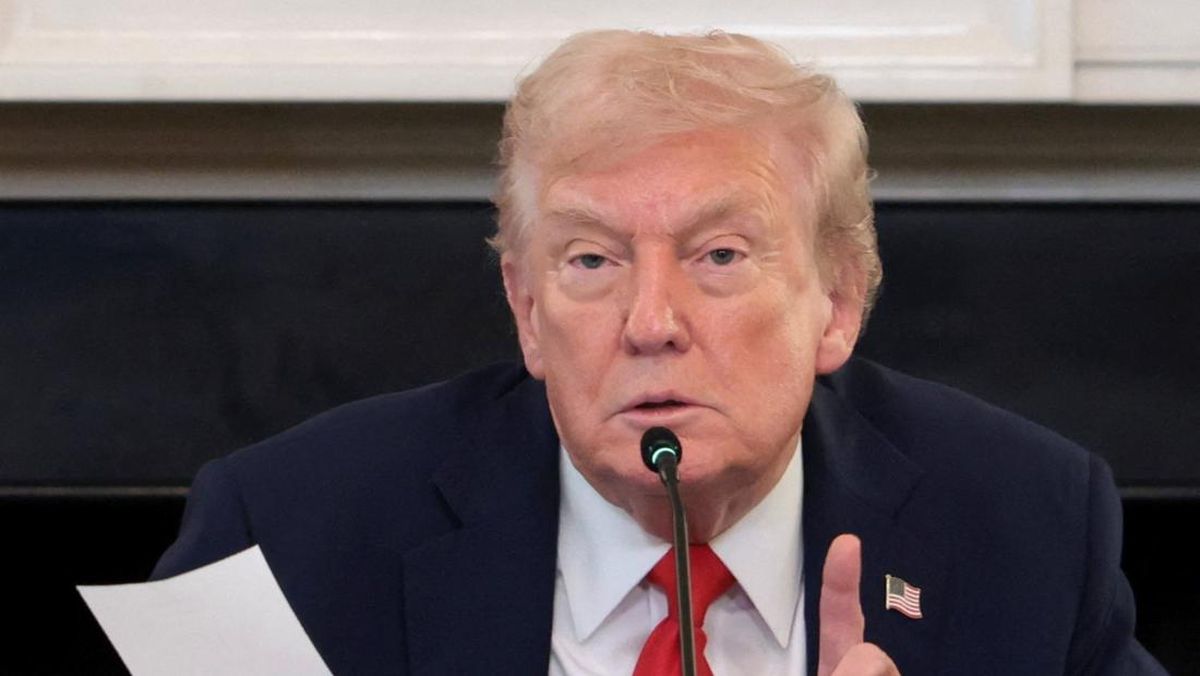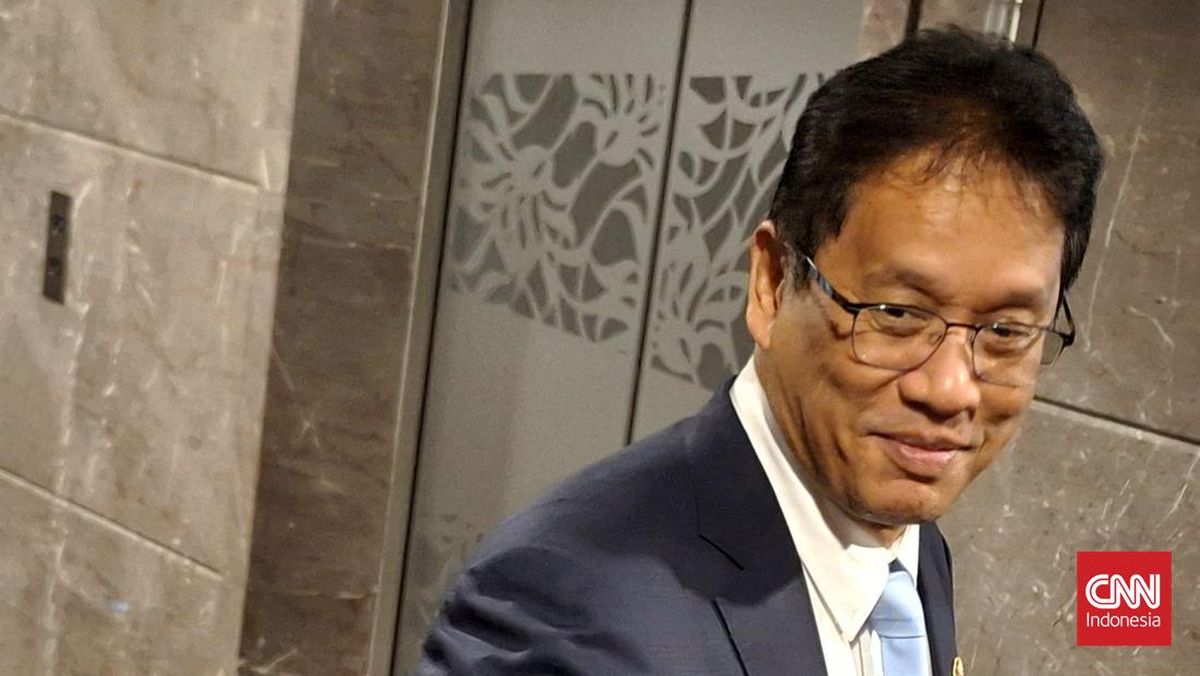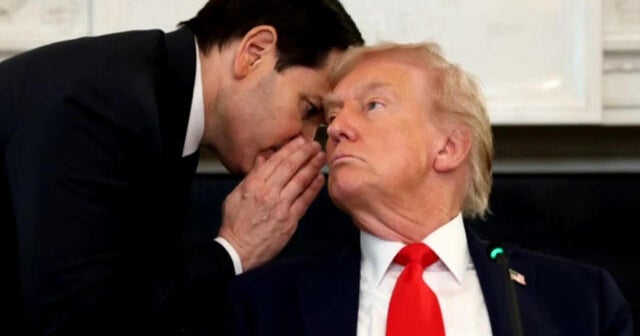By Justin Lin
September 24, 2025 — 5.01am
The demand for gold and silver is surging to record levels, a familiar pattern when markets grow volatile. What feels new, however, is who is buying.
For years, precious metals were the preserve of older investors – a way to hedge portfolios built on shares, bonds, and property. Today, it is younger investors who are driving momentum pushing gold towards $US4000 ($6000).

Once the preserve of older, conservative investors, gold is gaining ground with younger buyers.Credit: Trevor Collens
Consider the numbers: according to surveys by the World Gold Council, US millennials invested more in gold than older generations in 2024. More than 60 per cent of US Millennials included gold in their portfolios, compared with 35 per cent of Gen X and 20 per cent of Boomers.
Another report indicated that Millennial and Gen Z investors now comprise 34 per cent of global gold exchange-traded fund (ETF) buyers, up from 12 per cent in 2020. Asian demand, too, is being underpinned by the emergence of younger investors.
Young Indian investors are being encouraged to invest in gold through the government’s push toward digital gold and sovereign gold bonds. In China, with property markets collapsing and equity markets underperforming, younger savers are turning to gold as an alternative store of wealth.
But why the shift? Why are young investors taking so much interest in this “boring”, traditional asset?
Gold has emerged not as a relic, but as a familiar, resilient constant.
Here’s a thought. The youths of today are a cohort raised in financial and geopolitical crisis. Millennials saw the 2008 global financial crisis wipe out jobs, savings, and trust in banks just as many were starting their careers.
Gen Z came of age through COVID-19, Russia’s invasion of Ukraine, and ongoing Middle East conflicts – periods where markets swung wildly, institutions stumbled, and “safe” assets like cash and bonds looked anything but safe.
Loading
Against that backdrop, gold has emerged not as a relic, but as a familiar, resilient constant. Instead of viewing it as an obsolete asset reserved for safe-haven buying, young investors increasingly see gold as a compelling alternative to shares, bonds or cash.
A strong social media presence no doubt also amplified the momentum, with gold-focused content generating over 2 billion views on platforms like TikTok and YouTube in 2024.
Indeed, the arrival of a new investor base is visible in ETF flows. Australian investors have channelled $720 million into physical gold ETFs listed on the ASX in the year to September 12. At the current pace, inflows could surpass the record set in 2020, when $982 million was added to these funds.
But it is not only retail investors shaping the market. Central banks have been stockpiling more than 1000 tonnes of gold annually recently, a clear sign that concerns about the global financial system extend well beyond young traders on Robinhood. Together, these forces have helped lift gold above $US3650, with expectations building for a move past $US4000 by year-end.
It is not just gold catching the eye of younger investors. Silver has been enjoying its own surge. Physical silver ETFs in Australia are on track for a record year, attracting roughly $180 million in flows. Some of this interest reflects silver’s close tie to gold, but many will also recall that younger investors have tangled with the metal before.
Back in 2021, retail traders on Reddit’s WallStreetBets forum attempted a “silver squeeze”, hoping to replicate the short-squeeze magic of GameStop in the commodities market. The effort fizzled, but it planted a seed of recognition. A new generation suddenly realised silver was more than just the “other” precious metal.
Fast-forward to today, and what began as speculation is turning into a more fundamental case. Instead of chasing a meme-fuelled rally, younger investors are tuning into silver’s real-world drivers.
They see a metal with dual appeal: a safe-haven asset like gold, but also a key input for the economy of the future. Silver is critical to the energy transition, from solar panels to EVs to 5G networks, making it both a defensive holding and a growth story.
Which will do better from here, gold or silver, is difficult to call. Gold has risen 39 per cent this year, while silver has gained 42 per cent. The key variable is whether global growth stabilises.
Silver tends to outpace gold in a falling rate environment if industrial demand holds up. Either way, conditions remain supportive for both. Global X has a year-end price target of $US4000 for gold and $US45 for silver.
For new investors, ETFs offer the simplest way to access precious metals. They provide daily liquidity and remove the need to worry about storage or insurance. Australia is home to the first gold exchange traded product in the world, with Global X launching the Global X Physical Gold Structure Product (ASX: GOLD) in 2003.
Justin Lin is an investment strategist at ETF provider Global X.
- Advice given in this article is general in nature and is not intended to influence readers’ decisions about investing or financial products. They should always seek their own professional advice that takes into account their own personal circumstances before making any financial decisions.
Expert tips on how to save, invest and make the most of your money delivered to your inbox every Sunday. Sign up for our Real Money newsletter.
Most Viewed in Money
Loading


















































